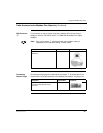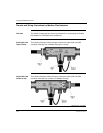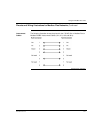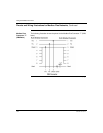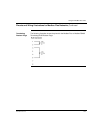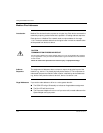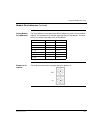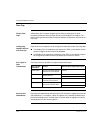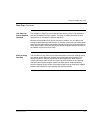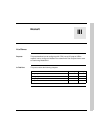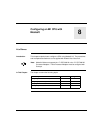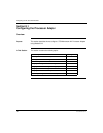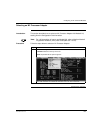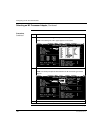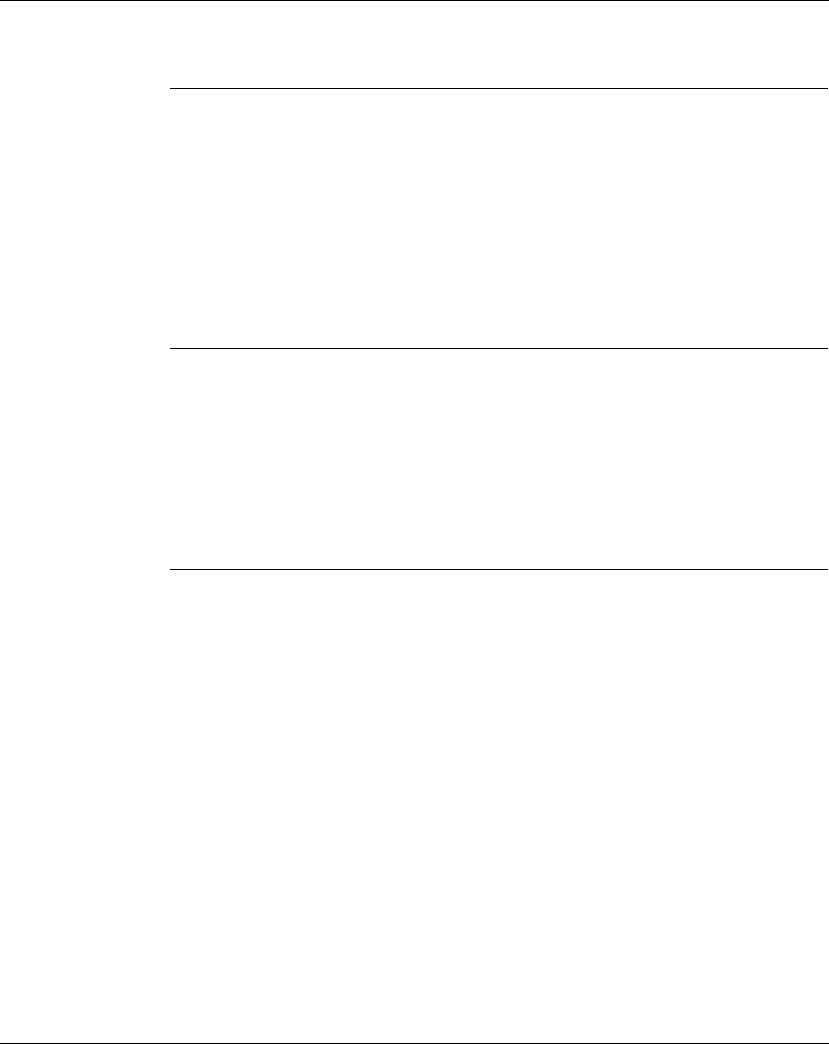
Using the Modbus Plus Ports
870 USE 101 00 V.3 177
Peer Cop, Continued
How Peer Cop
Data Is Sent and
Received
The reception of Peer Cop source data and the delivery of Peer Cop destination
data are handled by the token rotation. The token is always passed to the next
logical device in the network’s address sequence.
Because all the Modbus Plus devices monitor the network, any one device can
extract the data addressed specifically to it. Likewise, all devices can extract global
data. Peer Cop then enables the Modbus Plus device currently holding the token to
direct specific data to individual devices and broadcast global data to all devices on
the network as part of its token frame.
Effect of Using
Peer Cop
The net effect of using Peer Cop for data transactions is that each sending device
can specify unique references as data sources and each receiving device can
specify the same or different references as data destinations. When devices
receive global data, each device can index to specific locations in the incoming
data and extract specific lengths of data from those points. Data transactions
therefore happen quickly as part of the token rotation and can be directly mapped
between data references in the sending and receiving devices.



